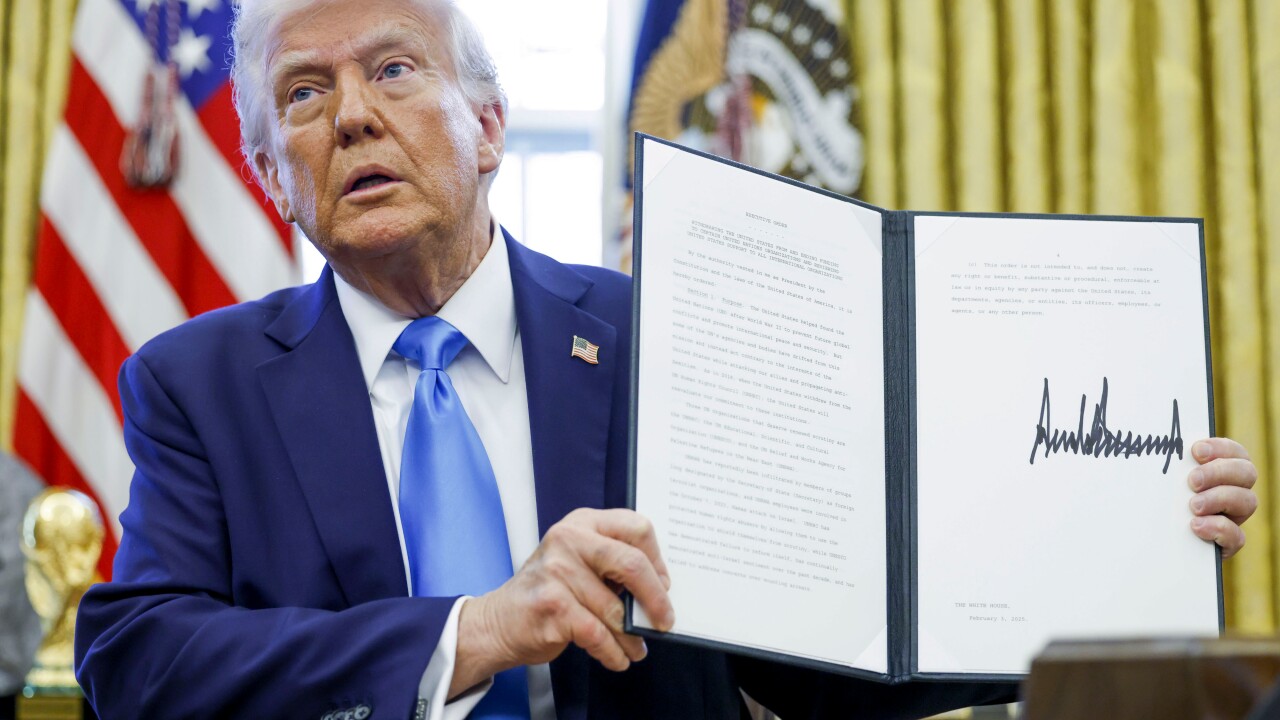New patents provide a glimpse into how Apple Inc. plans to personalize the payments experience by harnessing Apple’s iMessage channel, bringing it in line with message-based P2P services from
Apple has been rumored to be
While P2P continues to suffer from an abundance of supply and scarce consumer demand, providers are steadily investing in services that emulate or hijack the text-messaging experience to move money.
Venmo, now a unit of PayPal, is one of the most successful examples of adapting P2P to the smartphone age. Its interface looks much more like a messaging app than a finance app, complete with a public news feed and support for emoji (smiley face) characters.
But even Venmo knows it's too soon to declare victory. The company is testing a “Pay with Venmo” feature enabling merchants to tap into its consumer audience. PayPal CEO Dan Schulman sketched out details of the test last October when discussing the company’s third-quarter earnings, noting merchants would pay the usual PayPal fee of 2.9% on transactions, plus an additional 30 cents. A Venmo spokesperson declined to offer details on the test, which is ongoing, but analysts say the new feature could benefit Venmo’s bottom line.
Now it’s beginning to look as if bill-payment and shopping could be the next strategy to awakening interest from P2P's largely apathetic prospective audience. And banks are closely watching these developments, because if Apple manages to open the P2P market to broader use, they don’t want to miss out.
While Apple’s P2P move has been rumored for months, the Cupertino, Calif.-based company received patent approval only last month for a payments service describing a system enabling users to send funds via iMessage. Illustrations included in the patent application indicate there will be an option to send funds to multiple recipients and to set the timing in advance. Apple did not respond to a request for further details.
“Rumors are that Apple is working closely with the banks to launch its P2P service, so if Apple can gain bank participation at the scale that it did with Apple Pay, the combined reach of Apple and large banks could create a big boost for P2P,” said Rick Oglesby, a senior analyst with Double Diamond Group.
Apple’s entrance into P2P could shake things up from the scale it would bring and a user base with payment credentials already locked and loaded, analysts say.
And Apple reportedly has been in talks with
It’s no surprise many P2P providers are planning a path to merchant payments, because most P2P services lack an alternative revenue model, according to Oglesby. But Venmo may have an edge over rivals because of its relationship with PayPal.
“Venmo is in a good position to bridge the Venmo service with PayPal and immediately gain some merchant acceptance, and though it won’t become a conduit for all types of purchases due to lack of merchant acceptance offline, it could become a conduit for online payments,” Oglesby said.
P2P players have a long journey ahead, but the potential market is huge, said Talie Baker, an analyst with Aite Group. As mobile technology gradually enables consumer habits to shift away from traditional payments, and younger adults adopt new technologies for financial services, P2P may become a more vital arena for banks to develop and nurture customer relationships, she said.
“Nonbank players seem to have the edge right now in providing mobile solutions, so banks will be feeling the pressure if they lose out on capturing this market,” Baker added.





